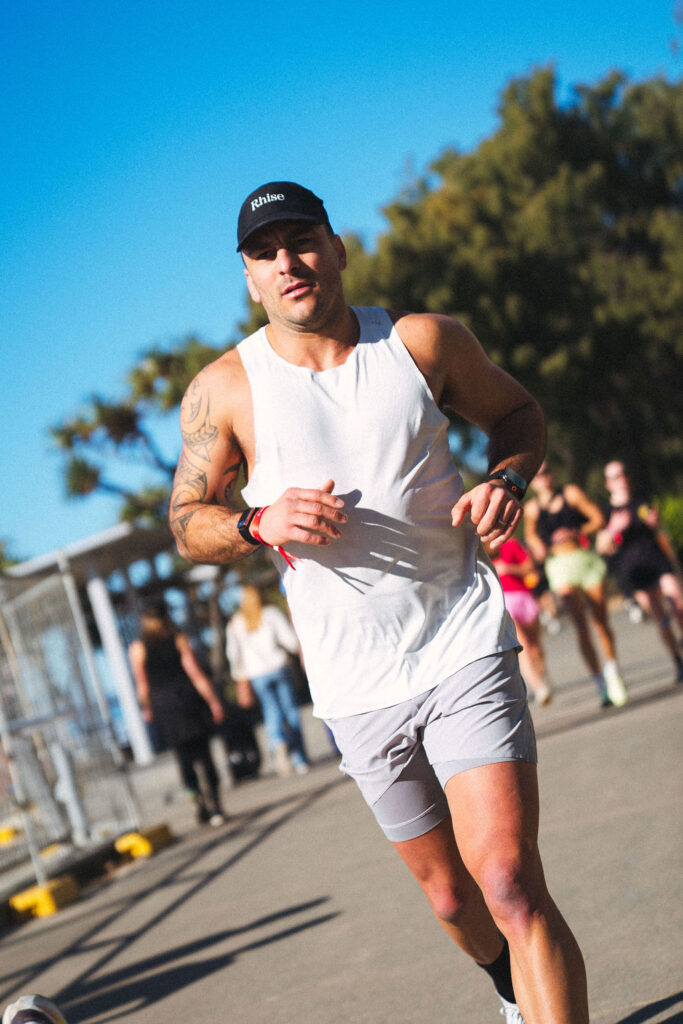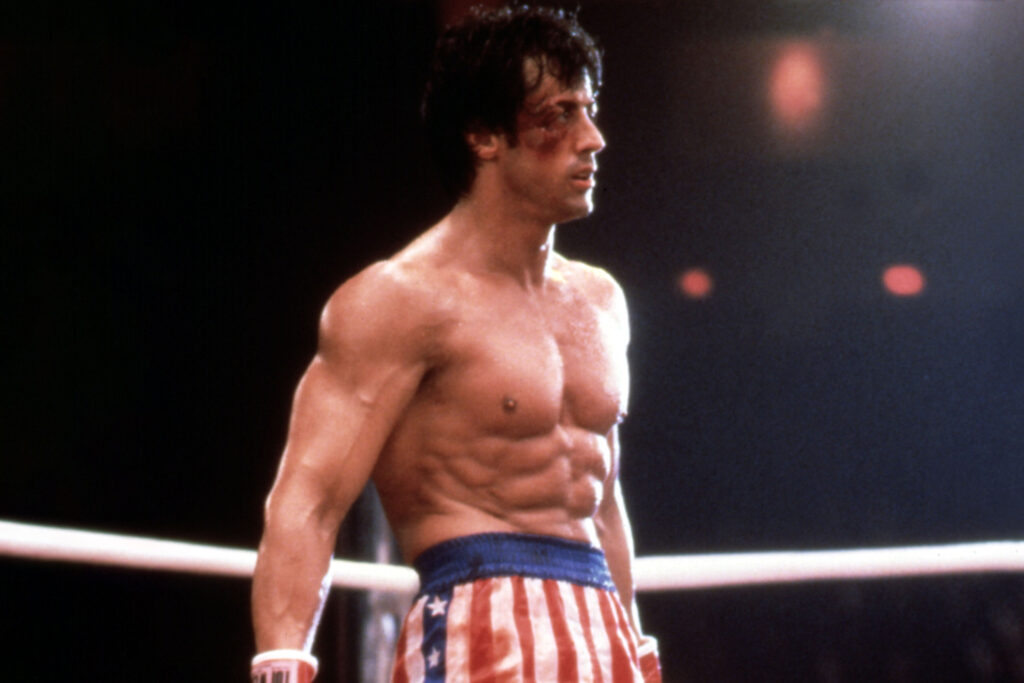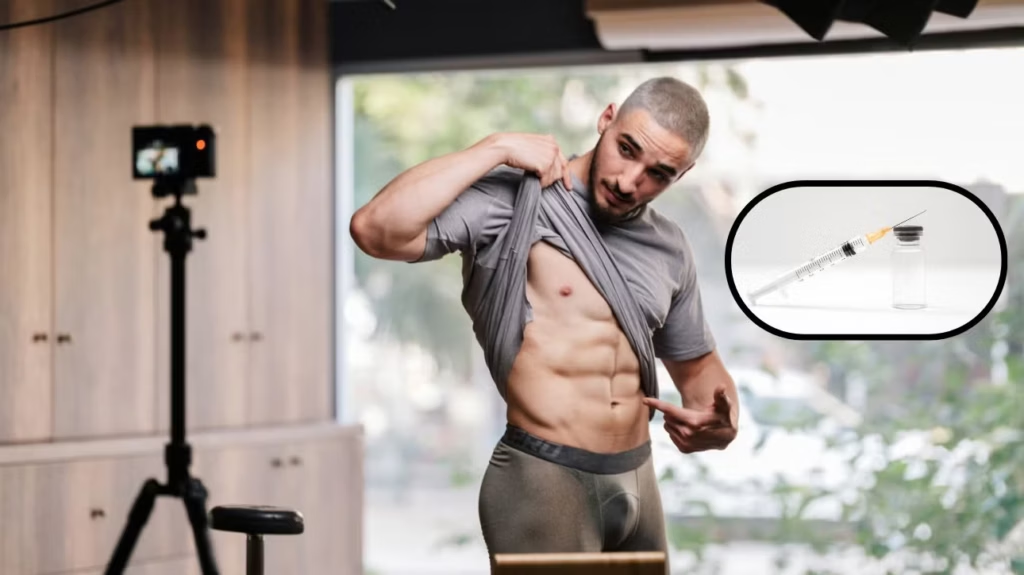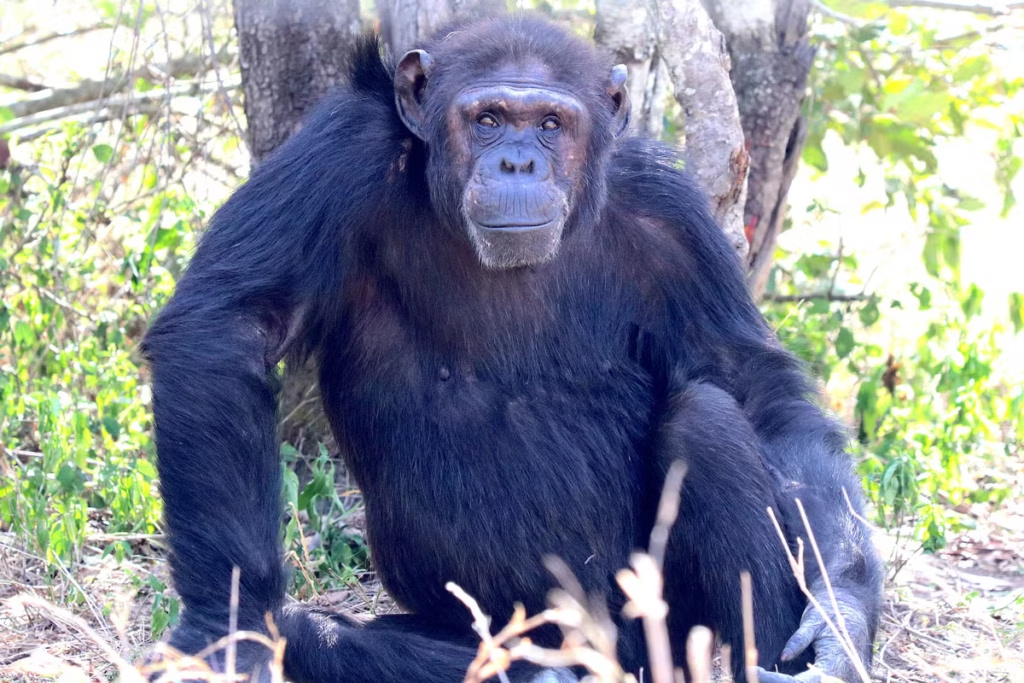YEAH, WE KNOW: warming up is a drag. But it might be the key to smashing through a physical plateau and hitting new PBs.
A recent study published in the Journal of General Physiology looked at how heating affects the contraction of different muscles and how this might lead to improved exercise performance.
Researchers at Osaka University investigated the effect of increased cell temperature on the ‘contractility’ of skeletal muscles (biceps, shoulders, quadriceps) and cardiac muscle (muscles responsible for the beating of the heart) by heating muscle proteins.
The researchers found skeletal muscle is more sensitive to increases in temperature than cardiac muscle and that heating can rapidly activate the contractile proteins, thereby improving skeletal muscle performance.
“Basically, the skeletal muscle that moves our body around is more sensitive to heating than the heart,” says co-lead author Kotaro Oyama.
What does this mean for you in the gym?
The good news here is that the muscles you can see, the same ones you work on at the gym to fill out a tank top, respond far better to heat than the smaller intricate muscles that are at work every waking moment pumping blood and oxygen to your organs.
It turns out warming up your muscles isn’t just something you should do solely for injury prevention, it’s a performance hack. So, rather than hitting the bench cold and trying to bust out a heavy two or three-rep set, stretch your chest out and heat those pecs up for superior muscle activation.
The two types of warm-ups: general and special
A general warm-up, like stationary bike riding, skipping or easy aerobics, boosts blood flow and prepares the major muscle groups for physical activity. A special warm-up focuses on the areas of your body you’ll engage most during a specific workout, with exercises that simulate those movements, such as shoulder rotations or light lateral shoulder flys before a heavy shoulder or military press.
There are scientific and performance reasons why you see AFL, League or cricket players rolling around on the turf before a match, pulling and stretching bright rubber bands. They’re heating their muscle proteins to access their full physical potential. You should do the same. The evidence suggests you’ll see improvements in performance as well as reduce your injury risk. Win win.















